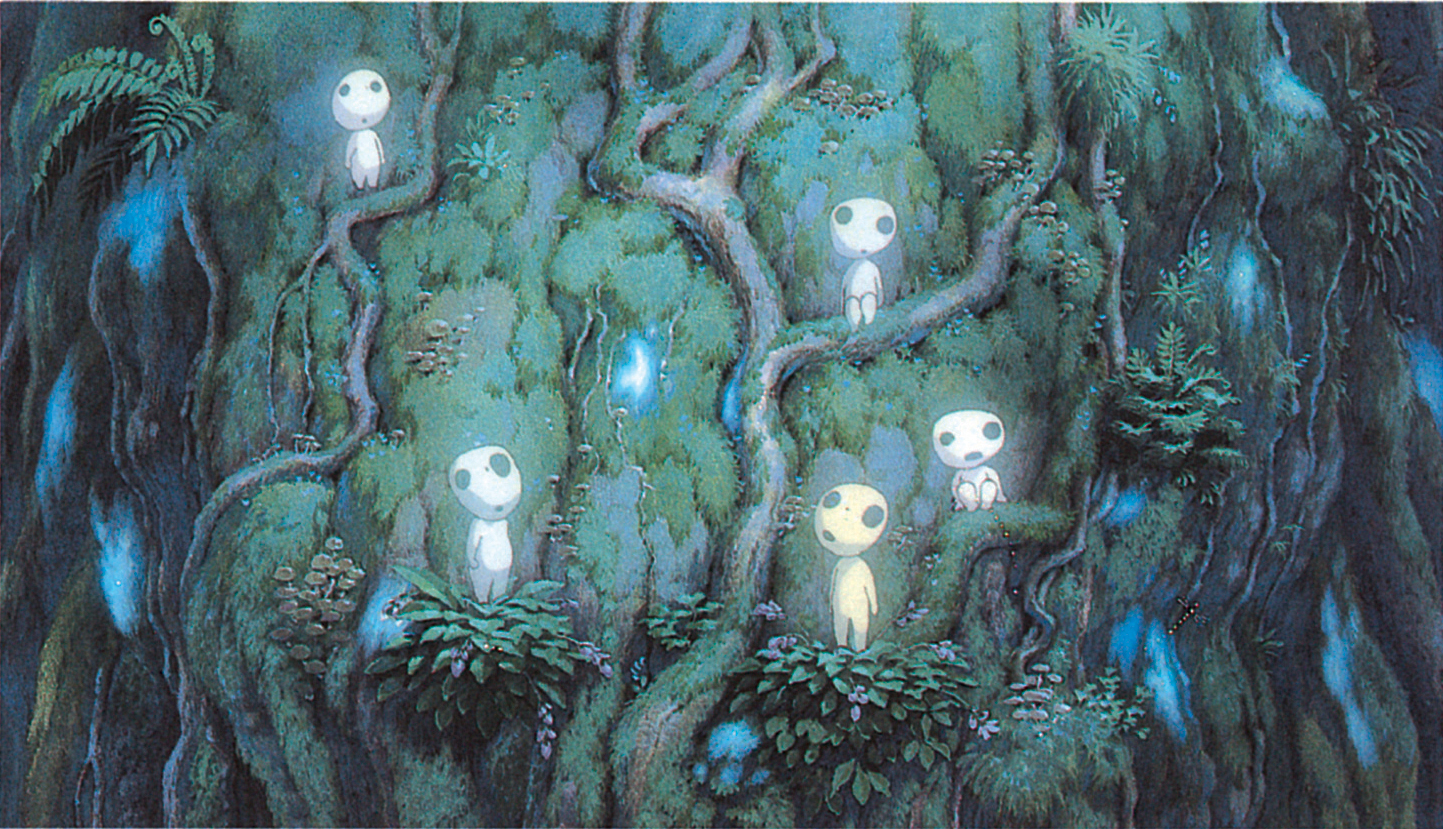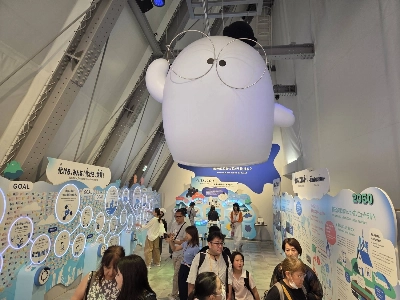The U.S. cinematic release of Hayao Miyazaki's 1997 film "Princess Mononoke" is a key moment in the development of Japanese animation in the West. Its mixture of romantic fable, social commentary and occasionally shocking violence helped bridge the gap between the underground status the form held in the 1990s and more mainstream acknowledgement.
The Art of Princess Mononoke: A film by Hayao Miyazaki.
Viz Media, Art book.


















With your current subscription plan you can comment on stories. However, before writing your first comment, please create a display name in the Profile section of your subscriber account page.